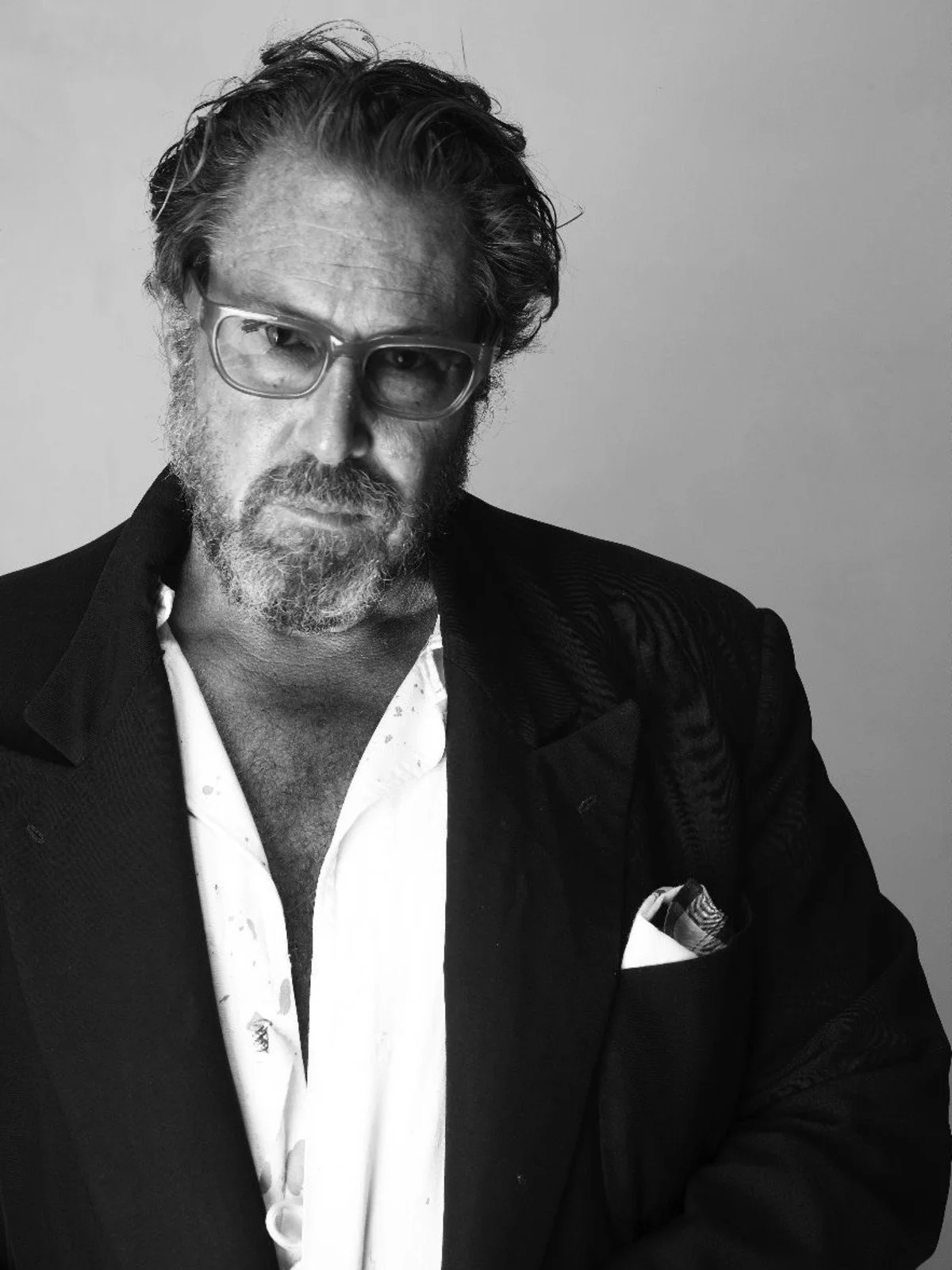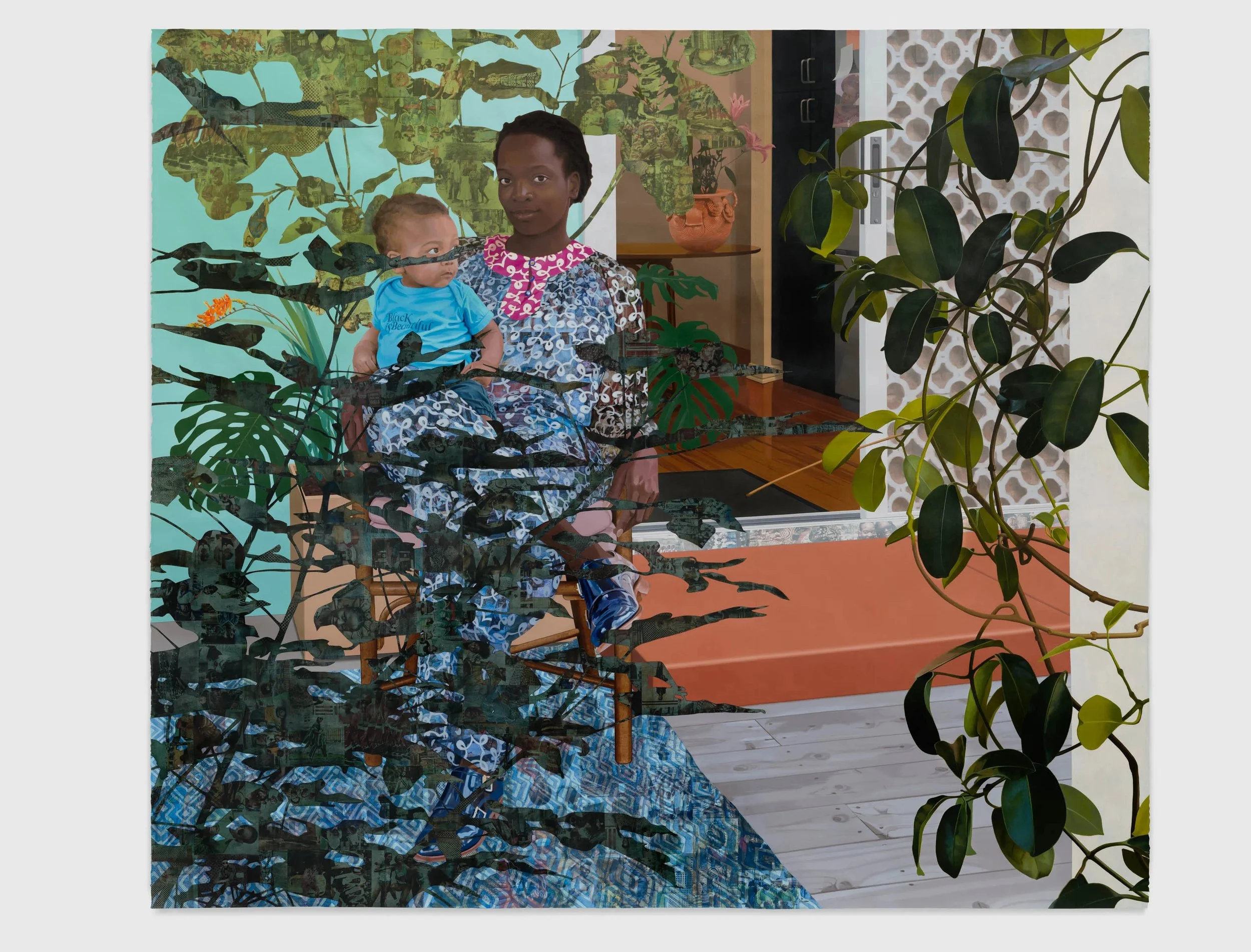Julian Schnabel
“Bouquet of Mistakes”
New York, 540 West 25th Street
For the past 40 years, Schnabel has been on a quest to express the inexpressible. He began painting on velvet in 1980, and, in 1984, his velvet paintings were the subject of his first exhibition with Pace Gallery on 57th Street. For Schnabel, filmmaking and painting exist in a continuum in which subject matter crosses between mediums, assuming myriad forms. This relationship resonates throughout the exhibition, where indecipherable narratives emerge from a process of imagery central both to Schnabel’s film and to the paintings on view.
Celebrated for his vast and experimental practice that extends into the realms of sculpture and filmmaking, the artist has always been a painter first and foremost. Since 1978, when he created the first plate painting, The Patients and the Doctors—a work which abandoned traditional canvas in favor of a surface composed of broken plates—his use of unconventional, found materials has led to the invention of entirely new modes of painting. Dispensing with traditional distinctions between abstraction and figuration, Schnabel’s plate paintings, and his works on velvet, reinvigorated interest in painting as a medium for contemporary art. Moreover, in the early years of his practice, Schnabel decided to make paintings that incorporated the history and materiality of the medium itself, embracing a singular approach to both form and subject.
Julian Schnabel, Glimpse, 2022 © Julian Schnabel
Schnabel’s forthcoming exhibition in New York will mark his twenty-second solo presentation with Pace. With these new velvet paintings, Schnabel considers the ways that the material appears as subject matter throughout the history of art—particularly in the works of Titian, Goya, and other Old Masters—and its symbolic weight in the history of humanity itself. But rather than creating illusionistic depictions of velvet, the artist uses the material for the surfaces of his works, inventing a new, contemporary kind of history painting in the process.
Among Schnabel’s recent velvet works in the exhibition is the ten-panel Buñuel Awake (for Jean-Claude Carrière) or Bouquet of Mistakes (2022), a large-scale composition that evokes the grandeur of retablos, architecturally scaled paintings that loom behind the altars of Renaissance and Baroque churches across southern Europe. Also included in this body of new works is Gesù Deriso. Jesus Mocked (2023), which refers directly to an enigmatic Renaissance fresco by the Dominican monk Fra Angelico in the famous monastery of San Marco in Florence.







